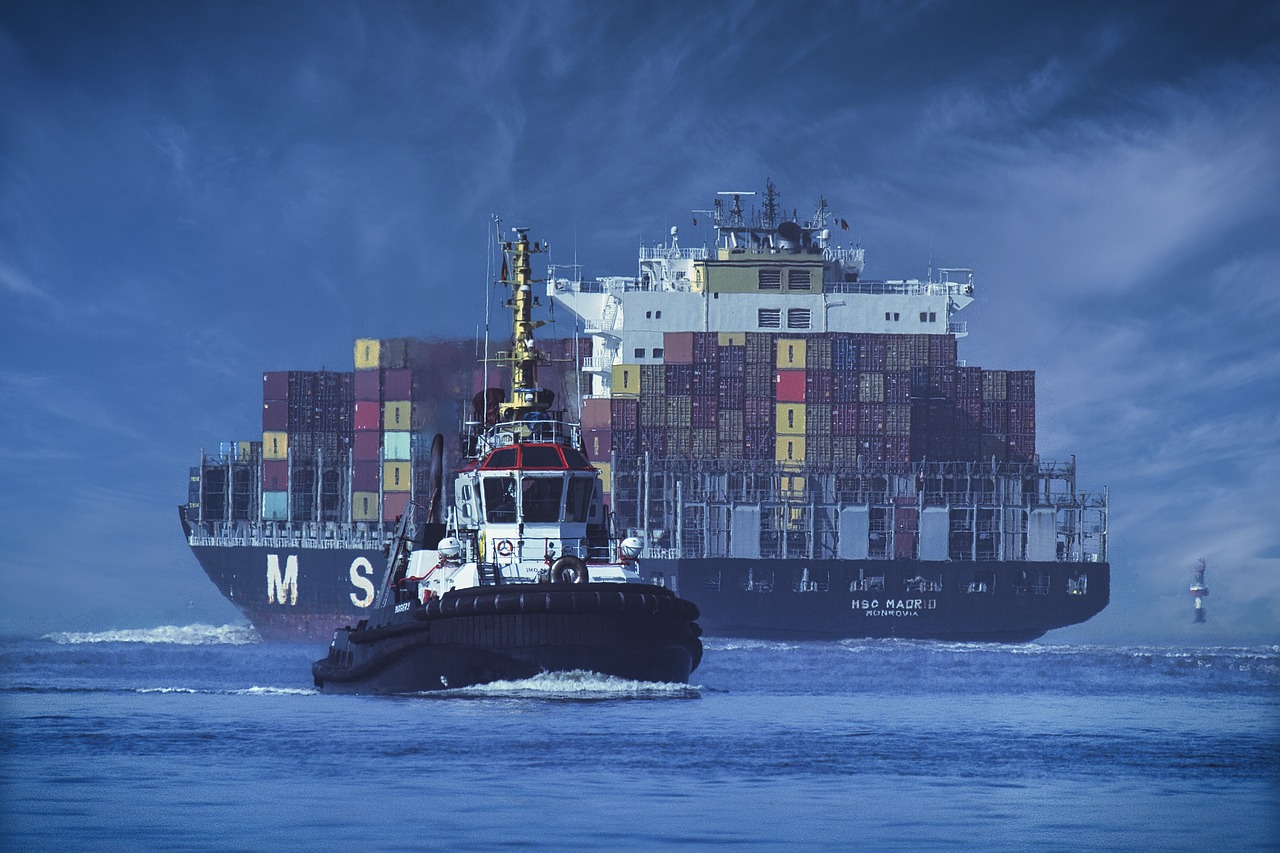
EU US Trade Talks Aim To Avoid Tariff War
The European Union’s President of the European Commission Ursula von der Leyen will meet with U. S. President Donald Trump in Scotland to negotiate a framework trade deal, seeking to prevent a looming transatlantic trade war. This meeting is critical as the U. S. threatens a 30% tariff on EU goods starting August 1,
2025. Von der Leyen emphasized the importance of maintaining strong transatlantic trade relations, while Trump expressed cautious optimism, estimating a 50/50 chance of reaching an agreement. The talks reflect growing hopes for a tariff breakthrough that could stabilize one of the world’s largest bilateral trade relationships.
Risks Of A 30 Percent Tariff On EU Imports
A 30% tariff on EU goods represents a significant escalation in trade tensions, with clear risks for both sides. For the EU, such tariffs could disrupt exports to the U. S., which is a key market representing nearly 30% of global trade in goods and services. Higher tariffs would also invite EU countermeasures, likely escalating into a full trade war with negative consequences for economic growth. The U. S. risks higher consumer prices and potential retaliatory barriers that could impact American exporters and multinational supply chains. The timing of this tariff is particularly sensitive, as it coincides with other geopolitical uncertainties that could compound economic volatility.

Benefits Of A 15 Percent Tariff Framework Agreement
A 15% baseline tariff framework, as currently discussed, offers a compromise that mitigates the worst consequences of a full 30% tariff. This rate aligns with the recent U. S. – Japan trade agreement, which Trump called “perhaps the largest Deal ever made.” Adopting a similar rate with the EU would reduce tariff-related costs and avoid retaliatory measures that could escalate trade conflicts. According to Capital Economics’ deputy chief euro zone economist Jack Allen-Reynolds, while a 15% tariff is not ideal, it represents a “bad deal better than no deal” scenario that preserves the stability of the $15 trillion transatlantic trade relationship, which accounts for 43% of global GDP.
Implications Of The EU US Trade Relationship Size
The U. S. and EU make up the world’s largest bilateral trade and investment relationship, underscoring the high stakes of these negotiations. Together, they represent nearly one-third of global trade and almost half of global GDP. Disruptions here would ripple through global supply chains and financial markets, increasing economic uncertainty worldwide. Maintaining a stable trade framework benefits multinational corporations, investors, and consumers on both sides by preserving market access and reducing tariff-induced price shocks. The meeting in Scotland is therefore a critical juncture for sustaining economic cooperation amid rising protectionism globally.
Comparison With UK US Trade Deal Risks And Rewards
In contrast to the EU’s current tariff impasse, the United Kingdom recently secured a trade deal with the Trump administration featuring a 10% tariff baseline on British goods entering the U. S. This deal offers the UK a competitive advantage over the EU by ensuring lower tariff barriers. However, it also exposes the UK to potential future renegotiations or retaliatory actions if broader U. S. – EU tensions escalate. For the EU, agreeing to a 15% tariff framework could prevent harsher tariffs but at the cost of conceding to higher tariffs than the UK. The trade-offs here highlight the complex risk-reward calculus faced by European policymakers navigating divergent transatlantic trade dynamics.
Outlook For Trade Stability Post Meeting In Scotland
The upcoming meeting between von der Leyen and Trump represents a pivotal moment for transatlantic trade stability. Should they agree on a 15% tariff baseline, it would mark a pragmatic step that prevents immediate tariff escalation and preserves roughly $1.5 trillion in annual EU-U. S. trade volume. However, this framework also locks in tariffs above historic levels, potentially straining some sectors and supply chains. Failure to reach an agreement risks triggering a retaliatory trade war with tariffs that could reduce bilateral trade by several percentage points annually, according to trade economists. The balance of risk versus reward in this negotiation will therefore shape the economic landscape for both blocs in the near term.

Conclusion On Balanced Trade Risk versus Reward
The EU and U. S. stand at a crossroads where the risk of a disruptive 30% tariff must be weighed against the reward of a stable, though imperfect, 15% tariff framework. This deal would mitigate the worst trade war effects while maintaining a vital economic partnership that accounts for nearly half of global GDP. Policymakers must carefully consider the long-term implications of conceding tariff rates above zero versus the economic damage of escalating trade conflict. The Scotland meeting offers a rare opportunity to strike a compromise that balances protectionist pressures with the need for open markets, providing a cautious path forward amid global economic uncertainties.